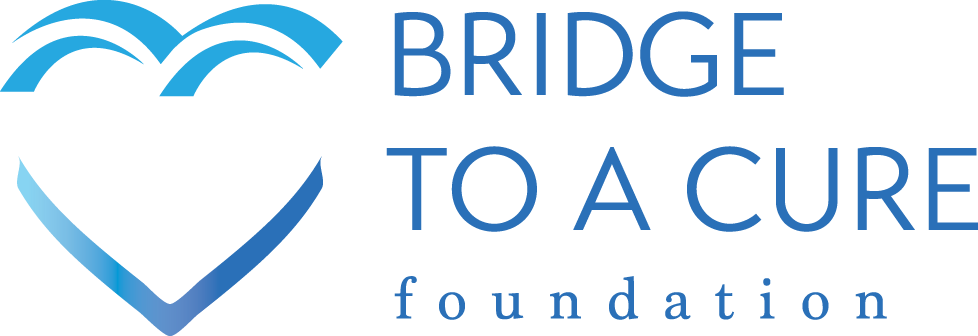Conventional metrics for gauging nonprofits fall short; it’s time to reward them based on collaboration and getting the job done.
We are a generous society. We Americans donate an estimated $400 billion of our hard-earned money each year to more than 1.5 million nonprofits that employ more than 10% of our workforce. Seems good, but are we getting our money’s worth?
People often choose to support a particular nonprofit based on a personal connection. Or it may be a cause that captures their imagination and emotion. Rarely do they research whether or not a charity is worth investing in.
The decision-making criteria we apply for investing in nonprofits is not the same as the criteria we apply for investing our savings in a company. Yet we can learn a lot from the way investors evaluate corporations.
Evaluating the merit of investing in a specific charity is harder than evaluating a corporation due to lack of reliable agencies that can provide meaningful and actionable data. There are only a few agencies that rate nonprofits. The largest has 20 employees and 12 analysts. That translates to about 75,000 nonprofits for each analyst. As a result they rely on one data point — percent of overhead. Yet this overly simplistic measure fails as a meaningful metric for several reasons.
Nonprofits, like for-profit corporations, need to invest in people and technology to be effective. But nonprofits are also different and need to be rewarded accordingly.
For instance, shouldn’t they receive high marks for collaborating, rather than competing with other nonprofits, to get things done? What should be the criteria for assessing the merits of nonprofits?
At Bridge To A Cure Foundation, we have been researching what differentiates nonprofits that have been successful from those that have not. Among our findings, the most effective nonprofits:
- Identify the problem in a fact-based, clearly articulated, and compelling way.
- Have an audacious and clearly stated goal that is measurable and inspirational. Too often goals are written that are not measurable — “helping kids do better” is not a goal.
- Set a deadline. They declare a specific time horizon to achieve the goal and each milestone along the way. Too many nonprofits avoid timelines for fear of losing funding if they don’t deliver. Well, they should!
- Rely on sound strategy. They map out processes in a holistic and systematic way, identifying key players, bottlenecks, issues and opportunities. They track and report on milestones. When it comes to resources, they understand there is no substitute for allocating and dedicating the resources and talent required to deliver the goal. They don’t dilute their plans for fear that the investment required will be rejected.
- Collaborate. They don’t just look at what they are doing but at the collective impact of all the players/entities seeking the same goal. They come together with a common agenda to define the problem and create a shared vision to solve it. Too many nonprofits don’t work together. This not only dilutes progress, it forgoes opportunities for cost-savings.
Today, 86% of donors believe that low overhead defines good charities. Only 6% of donors want to know if their donation is making a difference.
These are the donors who take the time to understand the nonprofit’s goal, strategies and progress, and how they learn from failures and reach goals. Yet many nonprofits are not making the difference they could when it comes to addressing society’s longstanding problems. Consider:
- Poverty has been stuck at 11-15% since the 1970s.
- There are five million more kids living below the poverty level now than there were in the 1960s when LBJ launched the war on poverty.
- One in five Americans is functionally illiterate, and it’s been that way for 30 years.
- The suicide rate has increased almost 30 percent since the 1990s.
- About 16% of America’s children live in households below the poverty line; for kids age 3 and younger, it’s 21%.
- In the past 40 years only four cancer treatments have been developed specifically for children.
In our next blog we will apply this criteria to explain the flaws within the childhood cancer nonprofit community and our plan to correct them. In the interim, please know that when it comes to achieving an audacious and challenging goal like cutting the childhood cancer death rate 50% by 2030, we at Bridge To A Cure Foundation will keep pushing to challenge the status quo that has left too many children and families without hope. We are thankful for our supporters, and ask for your continued support in the year to come as we push for a more effective approach to childhood cancer research and funding.






